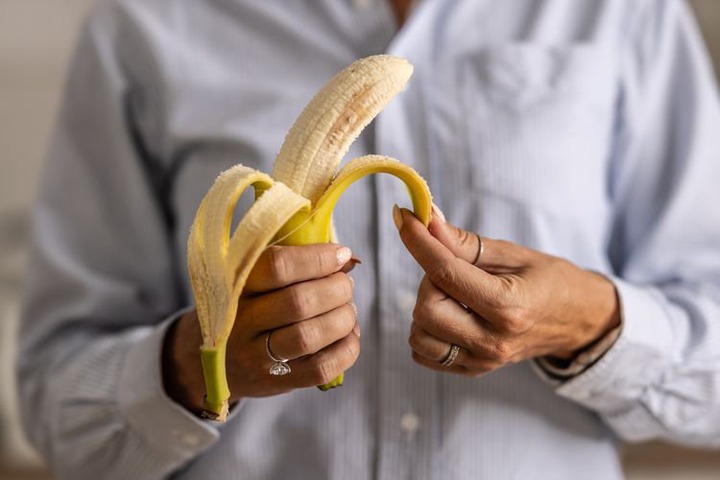
Can People With Diabetes Eat Bananas?
- Half of a banana
- One cup of berries
- A small fruit (about the size of a tennis ball) such as apple, orange, peach, or kiwi
- 12–15 grapes or cherries
Fruit Sugar vs. Refined Sugar
Jams and jellies often contain added sugars. Fruit juices lack fiber and contain much more sugar than eating whole fruit.
How Do Bananas Affect Blood Sugar?
How Fiber Affects Blood Sugar
The fiber content of fruit influences how much that fruit increases blood glucose levels. Fruits with higher fiber tend to have a lower glycemic index (GI). A low-GI fruit doesn’t spike blood glucose levels as much as high-GI fruits do. Higher fiber and lower carbohydrate fruits include, but are not limited to:
- Unripe or slightly ripe banana
- Goji berry
- Guava
- Avocado
- Raspberry
- Blackberry
- Blackcurrant
- Date
- Raisin
How To Incorporate Bananas Into Your Diet
How much banana you can eat depends on your individual caloric and nutritional needs. One large banana is equivalent to 1 cup of fruit. If you’re counting carbohydrates, one large banana (about 136 grams) adds about 31 grams of carbohydrates to your diet. Here are some ideas to reduce how much bananas affect blood sugar:
- Pair bananas with foods that contain protein and fat: Consuming fruits with a balanced meal, a protein source (such as yogurt), or a fat source (such as nuts) can support blood glucose management. One study showed that consuming moderate- and high-GI fruits after main meals can improve blood insulin and insulin function. Low-GI fruits also improved both insulin and insulin sensitivity, whether consumed before or after a meal.
- Choose slightly unripe bananas: Ripe and overripe bananas contain more sugar and less fiber than unripe or slightly unripe bananas.
- Be mindful of portion size: Consuming a portion of a banana will increase blood sugar levels less than consuming one large or multiple bananas. You can eat half a banana at breakfast and put the rest in the fridge for an afternoon snack. Try to spread your fruit consumption throughout the day.
